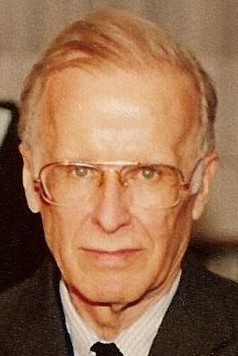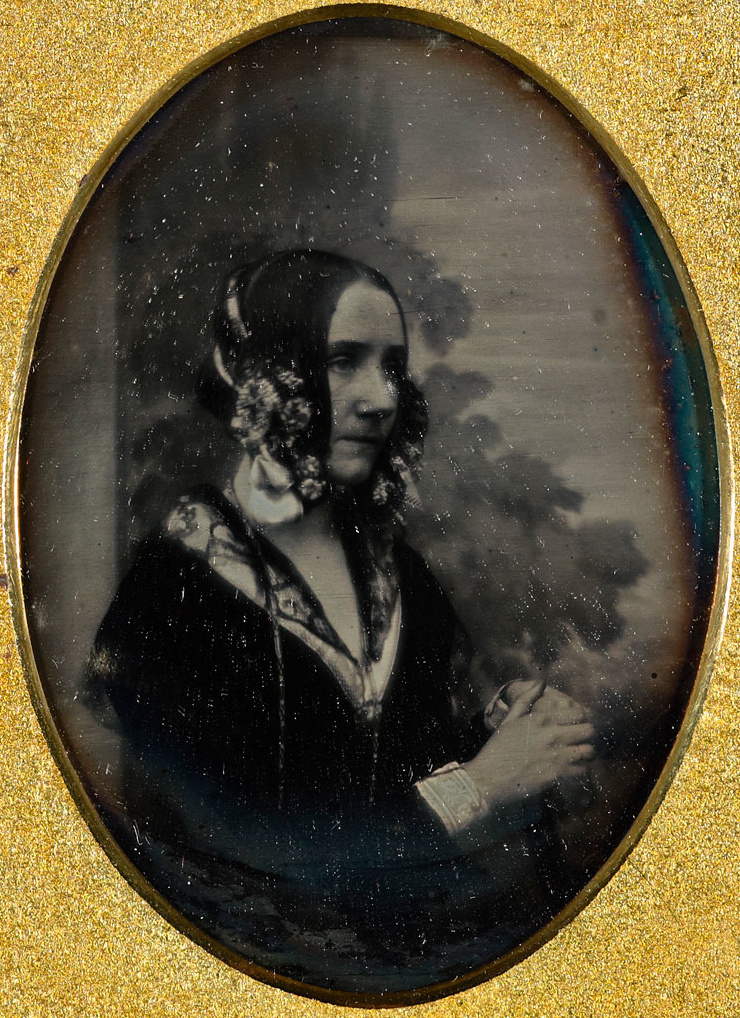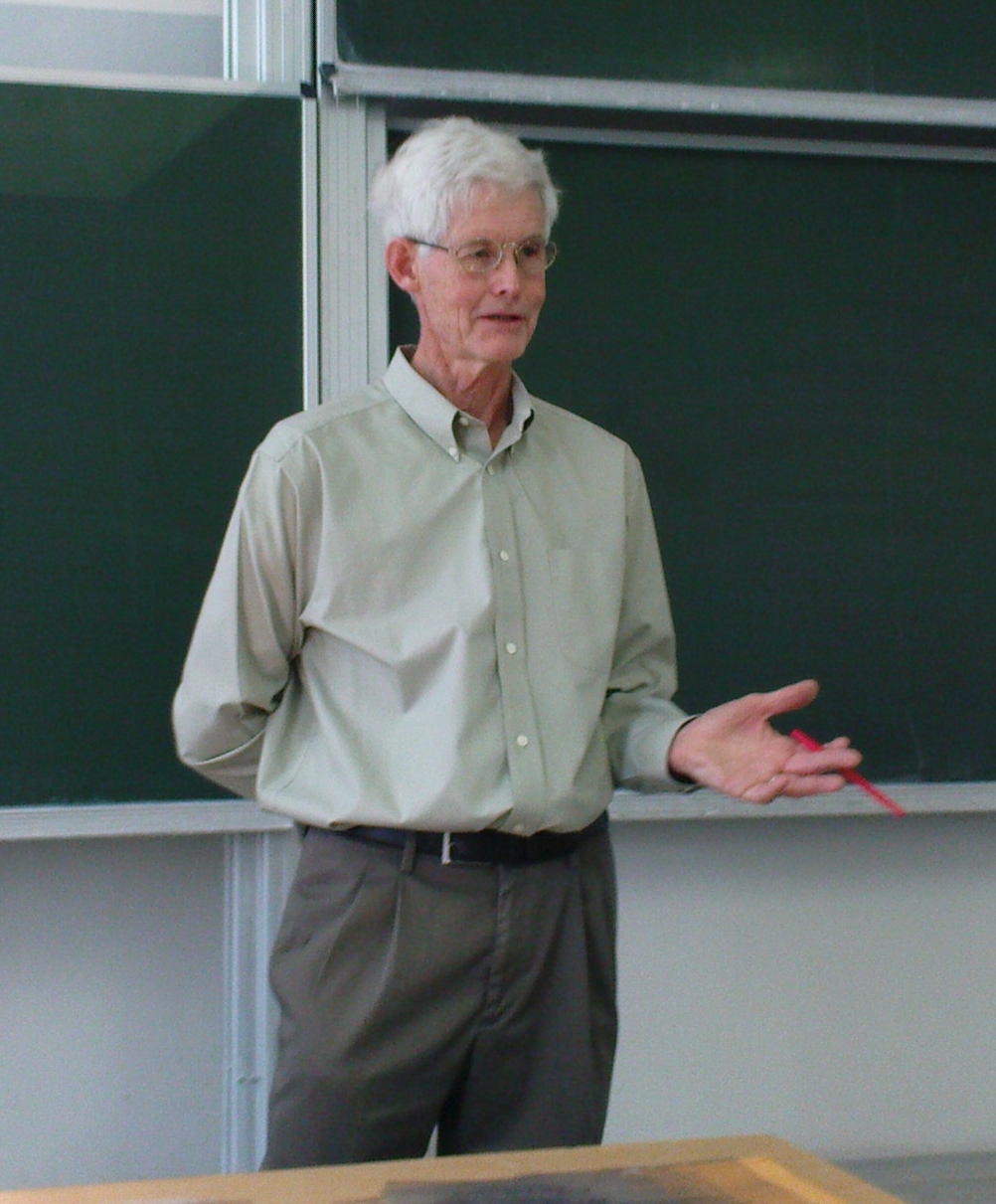Today In Computing

John Backus was born this month!
Born: December 3, 1924
John Warner Backus was an American computer scientist who worked for IBM. In 1953 Backus developed the language Speedcoding, the first high-level language created for an IBM computer. Then in 1954 he directed the team that invented and implemented FORTRAN, the first widely used high-level programming language. Backus also worked on both ALGOL 58 and ALGOL 60.
Birthplace: Wilmington, Delaware, USA 🇺🇸
- Sources:
- Wikipedia

Kateryna Yushchenko was born this month!
Born: December 8, 1919
Kateryna Lohvynivna Yushchenko was a Ukrainian computer scientist, corresponding member of USSR Academy of Sciences, and member of The International Academy of Computer Science. She worked on MESM, the USSR's first programmable electronic computer, and in 1955 developed one of the world's first high-level programming languages called the Address Programming Language.
Birthplace: Chyhyryn, Ukraine 🇺🇦
- Sources:
- Wikipedia
- Ua Computing

Grace Hopper was born this month!
Born: December 9, 1906
Grace Brewster Hopper was an American computer scientist, mathematician, and United States Navy Rear Admiral. One of the first programmers of the Harvard Mark I computer, she was a pioneer of computer programming who invented one of the first linkers. Hopper's work on programming also led to the creation COBOL, an early high-level programming language still in use today.
Birthplace: New York, USA 🇺🇸
- Sources:
- Wikipedia

Ada Lovelace was born this month!
Born: December 10, 1815
Augusta Ada King, Countess of Lovelace was an English mathematician and writer, chiefly known for her work on Charles Babbage's proposed mechanical general-purpose computer, the Analytical Engine. She was the first to recognise that the machine had applications beyond pure calculation, and to have published the first algorithm intended to be carried out by such a machine. As a result, she is often regarded as the first computer programmer.
Birthplace: London, United Kingdom 🇬🇧
- Sources:
- Wikipedia

Stephen Cook was born this month!
Born: December 14, 1939
Stephen Arthur Cook is an American-Canadian computer scientist and mathematician who has made significant contributions to the fields of complexity theory and proof complexity. Cook is most famous for formalising the definition of NP completeness and formulating the P vs NP problem, one of the most famous problems in computer science.
Birthplace: Buffalo, New York, USA 🇺🇸
- Sources:
- Wikipedia

Tommy Flowers was born this month!
Born: December 22, 1905
Thomas Harold Flowers was an English engineer with the British General Post Office. During World War II, Flowers designed and built Colossus, the world's first programmable electronic computer, to help solve encrypted German messages.
Birthplace: London, United Kingdom 🇬🇧
- Sources:
- Wikipedia

Wilhelm Ackermann died this month.
Died: December 24, 1962
Wilhelm Friedrich Ackermann was a German mathematician and logician best known for his work in mathematical logic and the Ackermann function. In 1928 he published the Decision Problem (Entscheidungsproblem) with David Hilbert which asked whether all problems are computable. This problem was solved by Alan Turing and Alonzo Church in 1936 and led to the definition of the Turing Machine and modern, digital computer.
Birthplace: Herscheid, Germany 🇩🇪
- Sources:
- Wikipedia

Charles Babbage was born this month!
Born: December 26, 1791
Charles Babbage is credited with inventing the first mechanical computer, the Difference Engine, that eventually led to more complex electronic designs, though all the essential ideas of modern computers are to be found in Babbage's Analytical Engine, programmed using a principle openly borrowed from the Jacquard loom.
Birthplace: London, United Kingdom 🇬🇧
- Sources:
- Wikipedia
- Britannica

Martin Wiberg died this month.
Died: December 29, 1905
Martin Wiberg was a Swedish inventor and computer pioneer. In 1859 he built a difference engine the size of a sewing machine which could print logarithmic tables. His invention was inspired by the work of Per Georg Scheutz and Charles Babbage.
Birthplace: Viby, Kristianstad, Scania, Sweden 🇸🇪
- Sources:
- Wikipedia